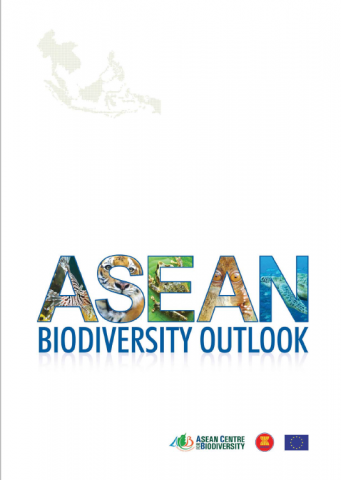
While occupying only three per cent of the earth’s surface, the ASEAN region boasts of globally significant terrestrial and marine biodiversity that includes an astonishing 18 per cent of all species assessed by the International Union for Conservation of Nature (IUCN). It has the most diverse coral reefs in the world and is home to the mega-diverse countries of Indonesia, Malaysia and the Philippines. The region also spans several unique bio-geographical units such as Indo-Burma, Malesia, Sundaland, Wallacea and the Central Pacific. To protect this richness, the 10 ASEAN Member States, all Parties to the Convention on Biological Diversity (CBD), committed themselves in 2002 to the 2010 Biodiversity Target: “the achievement by 2010 of a significant reduction of the current rate of biodiversity loss at the global, regional and national levels as a contribution to poverty alleviation and to the bene t of all life on earth.” This report, the ASEAN Biodiversity Outlook, confirms that the region, like the rest of the world, is increasingly losing biodiversity at an alarming rate within various ecosystems – forest, agro-ecosystems, peatlands, freshwater, mangroves, coral reefs and seagrass.
